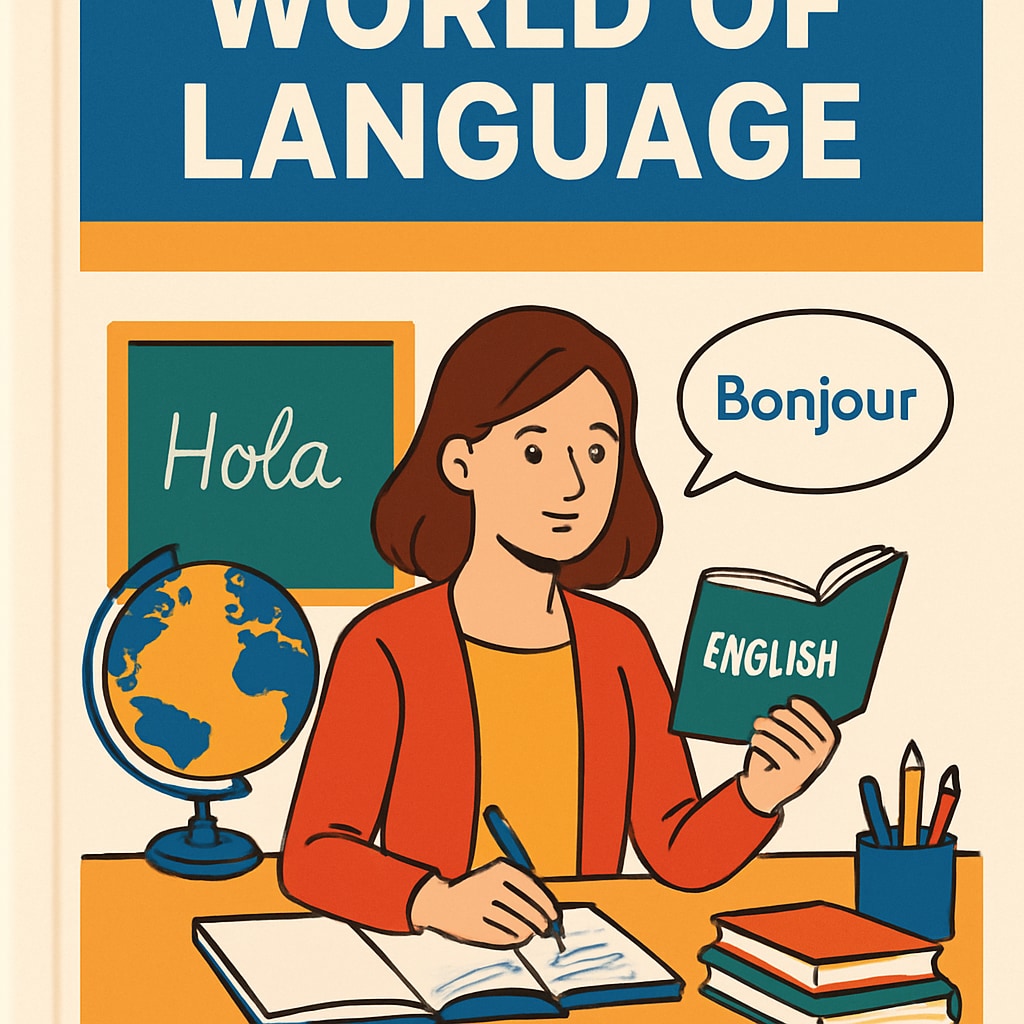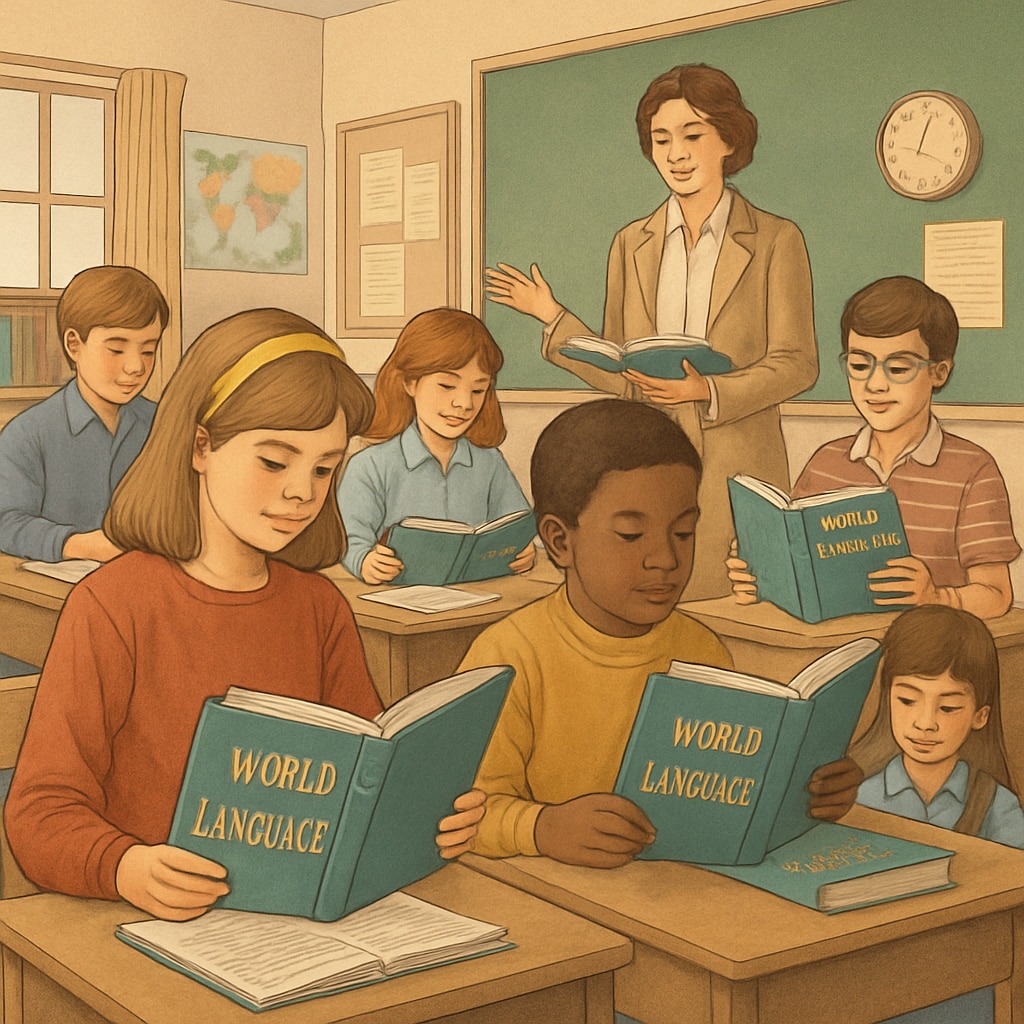The “World of Language” textbook series once stood as a cornerstone of K12 education, offering groundbreaking approaches to language teaching and reading science. Although its popularity has waned over the years, its methodologies remain profoundly relevant to modern language teaching. By revisiting this forgotten treasure, educators can uncover valuable insights into effective reading instruction and oral language development.
The History and Legacy of “World of Language”
First introduced in the mid-20th century, “World of Language” was designed to integrate reading science principles with practical language exercises. Unlike many textbooks of its time, it emphasized critical thinking, comprehension, and expressive communication rather than rote memorization. Its structured yet dynamic format allowed students to explore language in a meaningful way, fostering both cognitive and emotional engagement.
The series gained immense popularity in American schools, becoming a staple in classrooms nationwide. However, as educational trends shifted toward digital resources and multimedia platforms, “World of Language” gradually faded into obscurity. Today, it is remembered fondly by educators who recognize its enduring value.

Innovative Features of “World of Language”
What set “World of Language” apart from other textbooks was its innovative approach to language instruction. Here are some of its standout features:
- Integrated Reading Science: The series incorporated principles of phonics, fluency, and comprehension, aligning with the latest research in reading science.
- Interactive Exercises: Students engaged in activities that promoted oral communication, critical thinking, and creativity.
- Multisensory Learning: Lessons included visual aids, storytelling, and hands-on activities to cater to diverse learning styles.
- Focus on Real-World Language Use: The textbooks emphasized practical language skills that students could apply in everyday conversations and writing.
These features made “World of Language” an effective tool for building foundational language skills, which remain crucial in today’s educational landscape.

Lessons for Modern Language Education
While technology has transformed the way we teach and learn, the core principles behind “World of Language” still hold relevance. Modern educators can draw inspiration from its methodologies in several ways:
- Emphasizing Reading Science: Current curriculums can benefit from integrating phonics, fluency, and comprehension techniques as effectively as “World of Language” did.
- Encouraging Oral Communication: Interactive speaking exercises should remain a priority, helping students develop confidence and fluency.
- Balancing Tradition and Technology: While digital tools are valuable, incorporating structured textbooks like “World of Language” can provide stability and depth.
As a result, revisiting classics like “World of Language” can help bridge the gap between traditional teaching methods and modern innovations.
For more information about reading science and its applications, visit Reading Science on Britannica or explore Language Education on Wikipedia.
Conclusion: Rediscovering the Treasure
The “World of Language” series may no longer dominate classrooms, but its legacy continues to offer valuable lessons for educators. By incorporating its principles into modern teaching strategies, we can create a richer and more effective learning experience for students, nurturing their ability to communicate and comprehend in a rapidly evolving world.
Let us rediscover this educational treasure and celebrate its contribution to the world of language teaching and learning.
Readability guidance: Short paragraphs and clear lists were used to summarize key points. The article avoids excessive jargon and maintains a balanced tone. Transition words like “however” and “in addition” ensure smooth flow, while visuals provide context and engagement.


